PDF-The experience of enchantment in human computer inter
Author : ellena-manuel | Published Date : 2015-06-09
We describe this ex perience as enchantment As humancomputer interaction HCI and interactive systems design have deve loped a sense of people living with and through
Presentation Embed Code
Download Presentation
Download Presentation The PPT/PDF document "The experience of enchantment in human c..." is the property of its rightful owner. Permission is granted to download and print the materials on this website for personal, non-commercial use only, and to display it on your personal computer provided you do not modify the materials and that you retain all copyright notices contained in the materials. By downloading content from our website, you accept the terms of this agreement.
The experience of enchantment in human computer inter: Transcript
Download Rules Of Document
"The experience of enchantment in human computer inter"The content belongs to its owner. You may download and print it for personal use, without modification, and keep all copyright notices. By downloading, you agree to these terms.
Related Documents

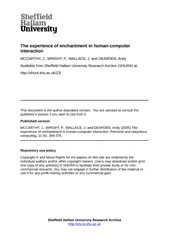


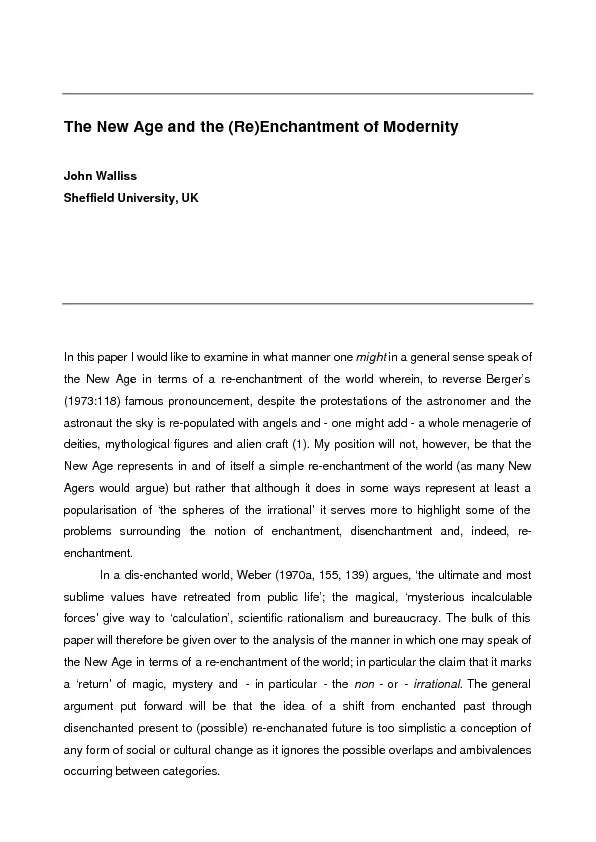
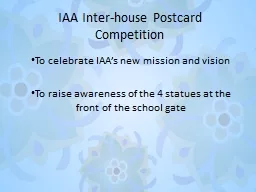
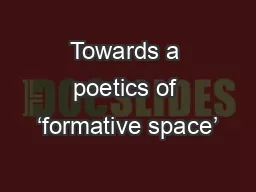
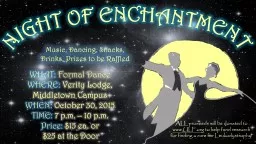




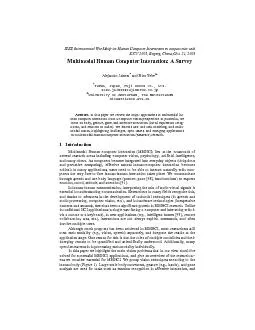

![[DOWNLOAD]-The Future of War: The Re-Enchantment of War in the Twenty-First Century](https://thumbs.docslides.com/957891/download-the-future-of-war-the-re-enchantment-of-war-in-the-twenty-first-century.jpg)